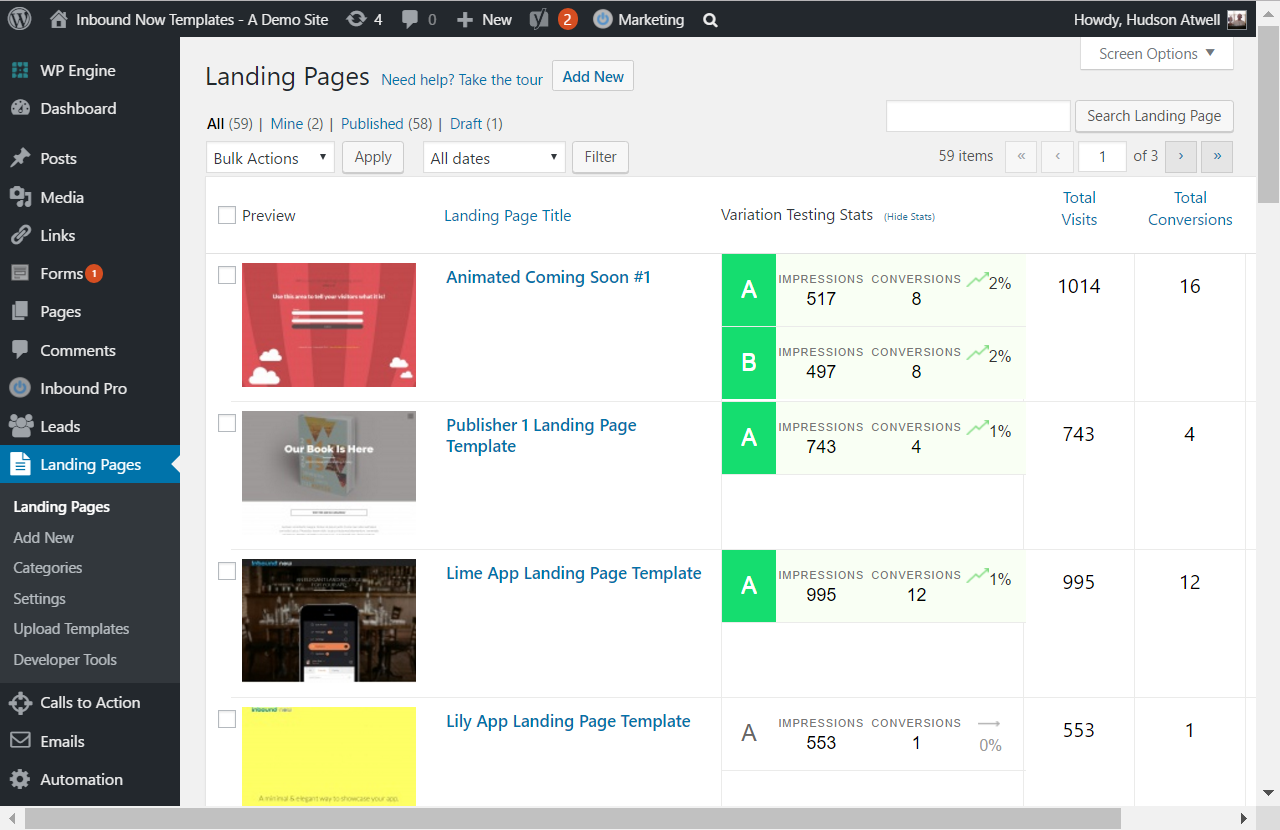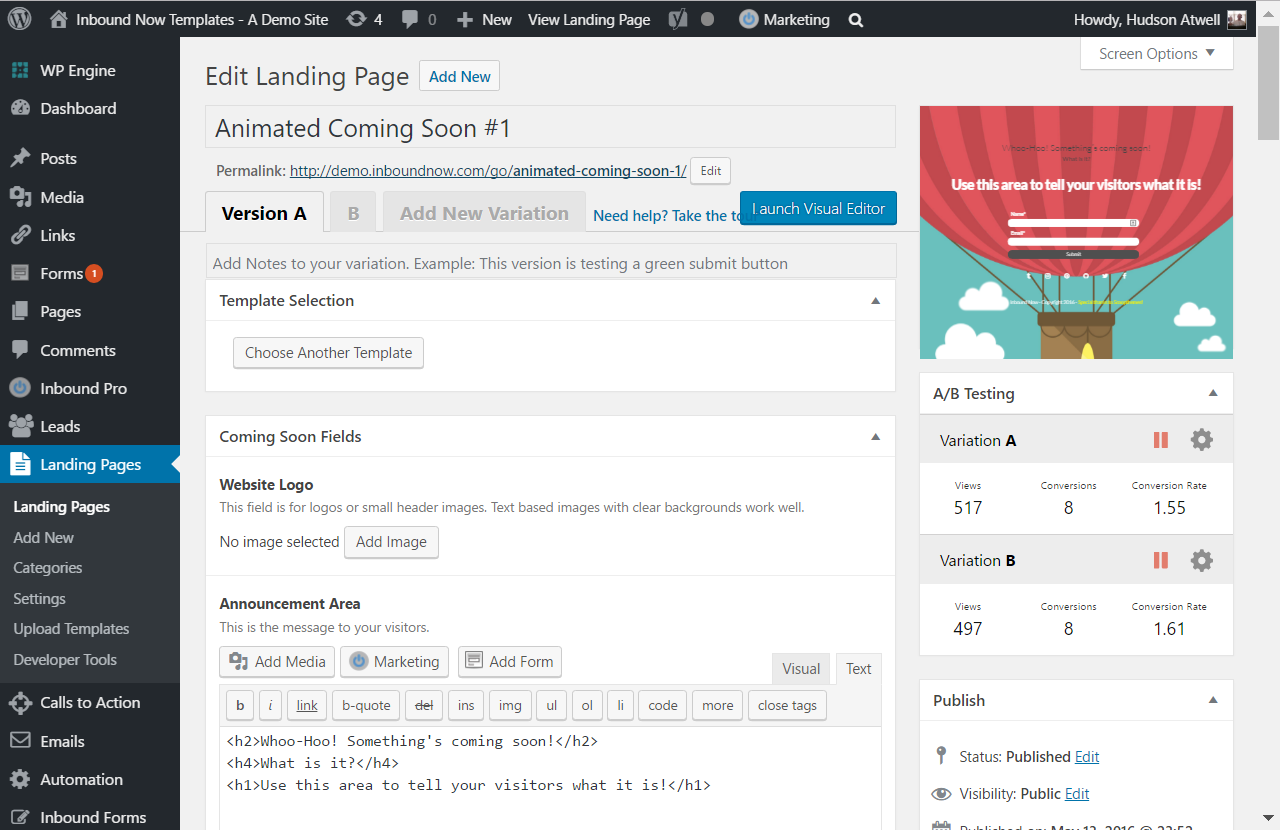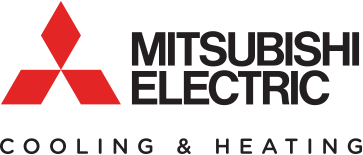HVAC SEO Content Writing Guide
Factors of High-Quality Content: SEO and Copywriting – The Complete Checklist
Your audience deserves the best content you can create, and Google will deliver nothing less.
One of Google’s top three ranking factors is “content,” but what does that mean? What is “quality” content?
It’s a common and very crucial question, because organic rankings are essential for effective content marketing. SEO-aligned content marketers drive 54% more revenue growth year-over-year. High-quality content is a tall order, but it’s the only way an HVAC, Plumbing or Contractor Company can stand out in digital marketing. It’s the thing your audience is looking for, and it’s all Google wants to rank on Page 1. If you look at this list and think you might need to slow down the content production schedule, do it. Mediocre content isn’t helping brand authority or trust with your audience, and it’s not communicating value and quality to search engines.
Start with the content strategy. Make sure your team is building a content marketing plan on a solid, modern, SEO-savvy strategy and then go conquer organic search.
Quality has become the #1 ranking factor in Google, especially since the Google Panda and Penguin updates.
If you want more information on SEO, check out The Beginner’s Guide To SEO and The Advanced Guide To SEO.
Want to grow your HVAC, Plumbing, Electrical or Contractor Business?
If you want to grow your business, you will focus the majority of your efforts on being an option for what your customers are looking for, where they are looking for it. The most effective way to do this is.
- Make sure you always have a quality website
- Make sure you are always building more and more quality content
- Make sure your content is optimized through an SEO plan
- Make sure your company is popular through an effective social and local marketing strategy or a dedicated marketing team.
- Continue to increase the total number of search phrases on page one of google through this strategy and POOF! Your business will grow accordingly.
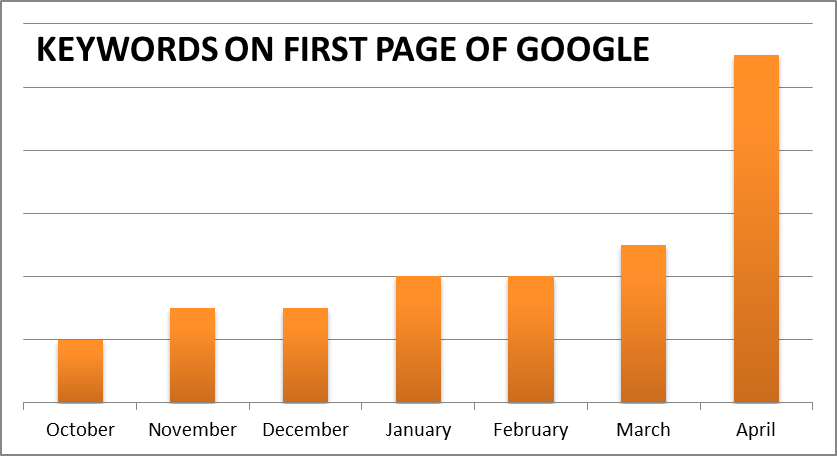
Content Writing Options:
You effectively have 3 ways to create content for your website.
- You can order it (outsource it)
- Use an all inclusive company like CI Web Group, Inc. to manage the entire process from ordering, management, review/approval to posting and optimization of the content. Order Content online.
- Order the content from an online content writing company and manage the implementation and optimization yourself.
- You can Talk and Transcribe the Content
- You can write it yourself. This is the best option as you are ultimately the subject matter expert of your business and you can fully customize the content based on the ideal content creation guidelines.
If you choose to write it yourself –
Here’s a guide to help you manage the content writing, optimization and implementation process.
Remember this –
If you really want to rank for a specific search term in a specific city, your content and page have to be better than the company that currently holds the page 1, position 1 rank…. even then, you might need to invest in link building and other activities to compete, if their page is simply more popular, been around much longer or more socially shared. Click through some of the content that is currently ranking on Page 1 for target keywords. What do they have in common? What do they do well? What makes them excellent? Now do it better.
Content Writing Strategy Considerations:
- Based on keyword/user intent research
- Based on SERP analysis
- Based on strategic personas
- Mapped to a buyer journey
- Incorporates Google’s preferences Structuring content
- The content must be better than current the SERP winners to complete
- Organizes subsections by primary related keywords
- Helps the reader complete a specific task
- Thorough
- Does not stray from the main topic
- Features a clear next step
- Written to the target audience
- Shareable
- Can be scanned quickly
One of five “Patronus” content types:
- Authoritative content that answers popular questions, such as ‘what is ..?’
- Strong opinion posts and political posts
- Content that provides original research and insights
- Content that leverages a trending topic but that also provides practical insights
- Authoritative news content on new products or developments
Crafting content:
- Uses strong titles and subheads
- Includes internal links to helpful resources
- Includes external links to helpful resources
- Includes relevant, engaging media
- Offers unique value (not just unique content)
- Relevant to the overall site
- Provides a great UX on any device
- Presents content in a unique way
- Simple/clear/coherent
- Unexpected
- Concrete
- Credible/valid/experienced o Emotional
- Entertaining
- Inspiring
- Educational
- Deep
- Practical
- Trustworthy
- Actionable
- Features a strong title that grabs the reader’s attention
- Starts with an introduction that engages the reader
- Not fluffy
- Includes clear definition statements
- Proofread
- Fact-checked
- Features ideal results, common questions, and/or timeframes in the subheads
- Formats subheads and H2s and H3s
- Contributes to the brand story
- Uses a short title
Keyword considerations:
- Is not keyword-stuffed
- Uses keywords and variants naturally in content
- Uses keywords appropriately in image titles
- Uses keywords appropriately in image alt text
- Uses keywords appropriately in image captions
- Uses keywords appropriate in the URL
- Uses keywords and variants naturally in the first 100 words
- Uses anchor text that is natural, not keyword-stuffed
Technical SEO:
- Included on the XML sitemap o Loads quickly
- Functions on mobile screens o Linked to appropriately
- Short URL
SERP snippet:
- Includes a compelling CTA o Focuses on value to the user o Includes a UVP
SEO page title:
- Designed for 55 characters o Uses emotional words
- Uses power words
- Matches SERP trends
- Stands out on SERP
- Uses keywords naturally, close to beginning o Formatted a list or “How to” title
Meta description:
- Designed for 155 characters or less
- Descriptive
- Persuasive
- Inspires curiosity
- Stands out on SERP
- Uses keywords naturally, close to beginning
Shareable:
- Shared on branded social channels
- Formatted for Open Graph
- Social share buttons are accessible
SEO Content Structure Basics
- Article Length – Long content (1,000+ words) tends to rank better in organic results
- Title Length – 59 Characters
Content Inventory
Take Inventory – Find out what content you already have indexed by Google on your Website with a quick search like this and checkout the content Audit Resource.
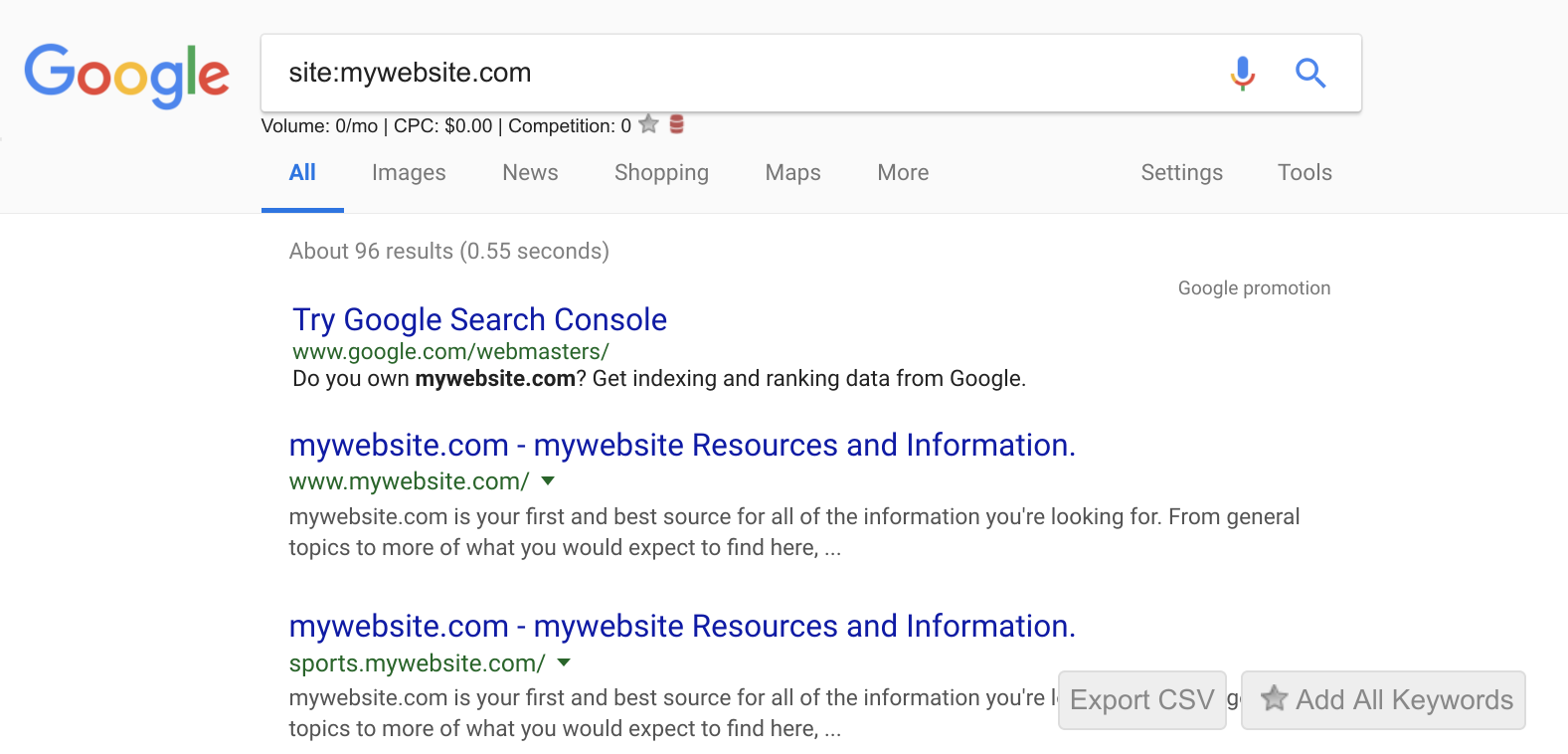
Blogging – Creating Effective Headlines for Social Sharing

If you want to write the best content that will rank well in Google, you have to target keyword phrases. Avoid stuffing keywords or over-optimization. Ideally, put the keyword in your headline, but make sure that it reads smoothly for your readers.
The Google Panda 4.1 update was designed to penalize “thin” or shallow content, by keeping lousy content from ranking highly in Google. A typical blog post or article should be at least 1000 words. But, it’s not all about length, because several detailed articles still struggle to rank and retain their position in Google results pages.
Before you write your SEO content, it’s essential to understand your reader. Then, niche down and focus on a particular problem that the reader is struggling with.Dare to solve that problem with your content – that’s another goal of combining SEO and copywriting.
Every piece of content you write needs a compelling introduction. The introduction is the portion that comes right after the headline (and sub-headline if you include one in your content). Your introduction should contain at least one of your targeted keyword phrases, especially a long tail keyword.
However, it’s crucial to understand that modern SEO copywriting has gone beyond keyword targeting and placement. The best approach now is to write content that addresses keyword intent.
Test and Measure it – Your Content, Images, Titles, Call to Actions and More
Lack of results come from being complacent, being technically behind, being lazy or afraid, being stuck. Implementing a plan and expecting that plan to improve results over time on it’s own is impossible. Keep improving the plan, the strategy, the time, the effort… do more of what works, stop doing what’s not working and start doing what’s next. Improvements come from investing in the right technology, resources, being courageous, ready to implement, test and improve. Improvements come from measurements and refinement.
